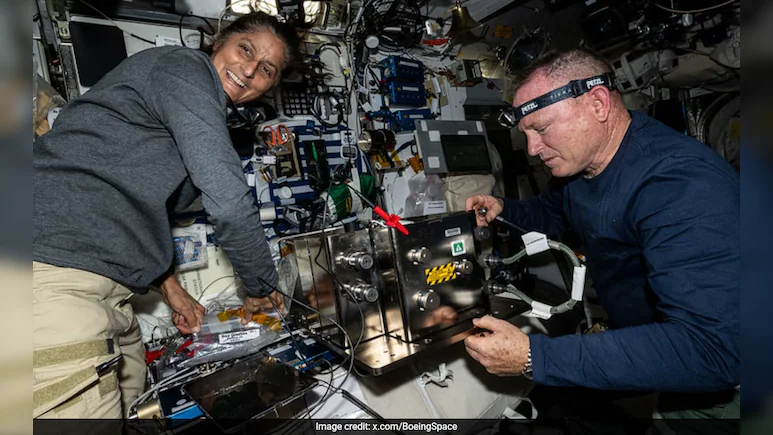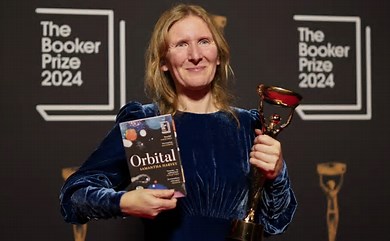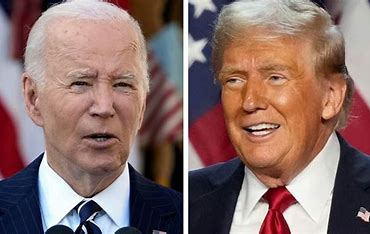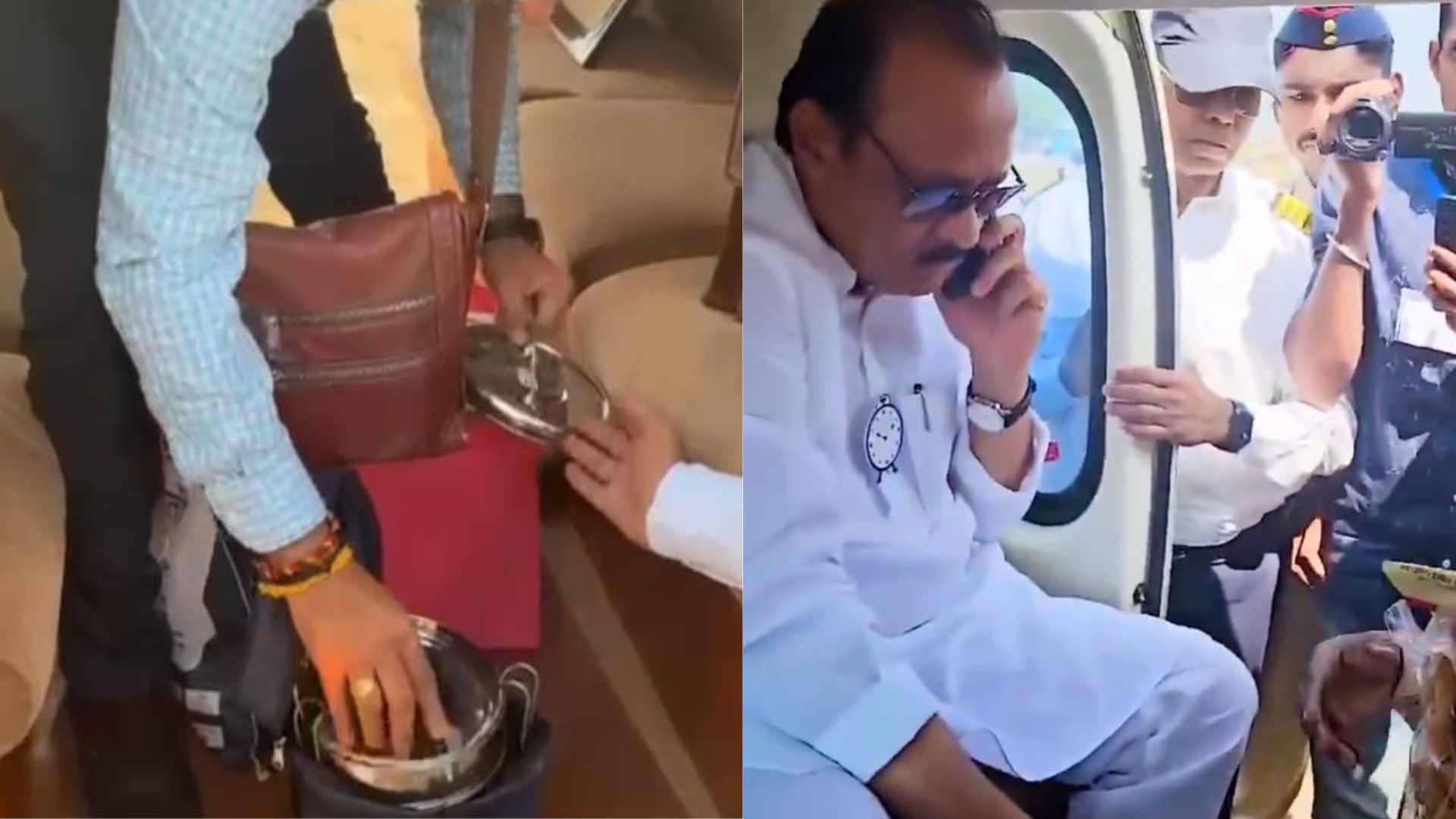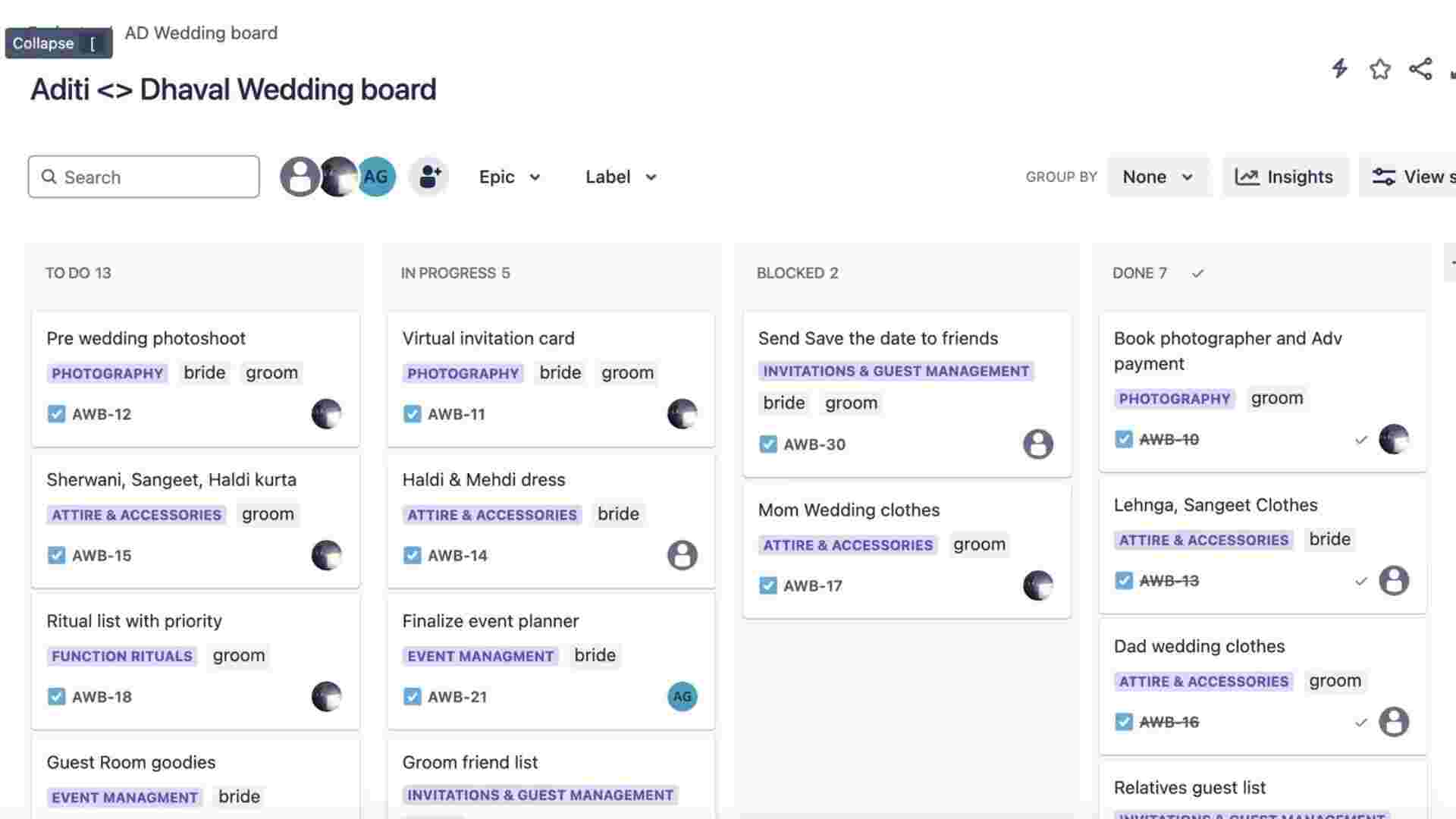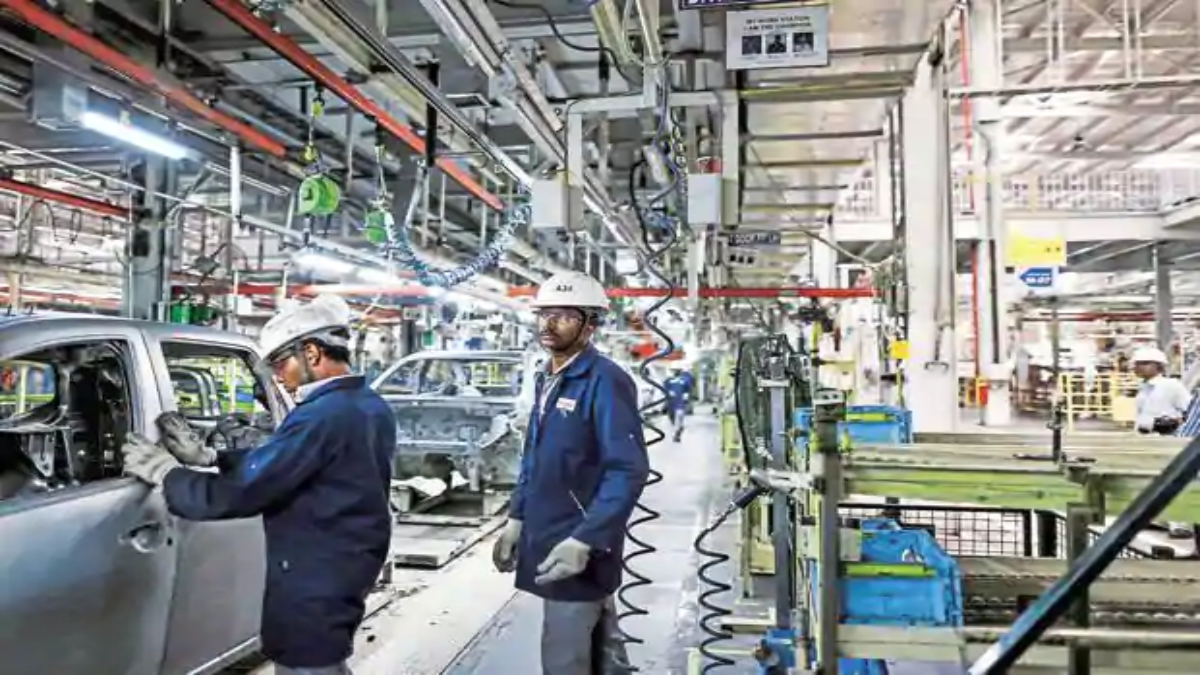
The guidelines unveiled by the government for three electronics manufacturing schemes namely, Production Linked Incentive Scheme (PLI) for large-scale electronics manufacturing; Scheme for Promotion of Manufacturing of Electronic Components and Semiconductors (SPECS); and Modified Electronics Manufacturing Clusters (EMC 2.0) Scheme are entrepreneur friendly and will help India build a robust manufacturing ecosystem and become global electronics hub, a top MeiTY official said at an ASSOCHAM webinar.
“With these three schemes we have tried to build that kind of a structure whereby anybody who wants to come, we are welcoming them to come to India, especially with Prime Minister’s call for Aatmanirbhar Bharat which actually supplements Make in India and Digital India programmes as we are asking global players to come and set up manufacturing facilities,” said Ms Jyoti Arora, special secretary and FA, Ministry of Electronics & IT in an ASSOCHAM webinar on ‘Future of Electronics system design & manufacturing in India.’
Arora said, “These three schemes in this present scenario where people are looking for diversifying the supply chains which are now actually concentrated in one country and the global political scenario which is emerging and the kind of incentive structure which the MeiTY has tried to build in terms of around Rs 50,000 crore support to electronics industry, I think our vision of becoming an electronics hub will now be achieved and we look forward to support from all stakeholders.”
Giving a background of how the Ministry had conceived these schemes, Arora said, “For last 5-6 years the government has been pushing investments in the electronics sector, as a result in 2014-15 our total production was around 1,90,000 crore which jumped up to 4,28,000 crore in 2018-19.” Informing that government’s intention as part of these schemes was to give push to the components and semi-conductors, Arora said, “Earlier it was the assembly line which came then we wanted to focus on the components which actually has more value addition and employment potential.”She further said, “We got lot of manufacturing, mostly on assembly lines, there the value addition was 20 per cent on an average, so our endeavour was to begin the other ecosystem also. Most of the countries where we have this kind of ecosystem – China, Vietnam, Taiwan where we were competing, where it was not possible to bring all the supply chain together, so we have done it in parts.”
Sharing her perspective on recent policy push being envisaged by government, she said “We want that there should be a plug-n-play structure. There is a tweak in that – we are also allowing hostels and completed sheds in place so that companies can come and set up their business immediately, for that also we are giving 25 per cent incentive.”With these objectives, she added the aim is to become number 1 in mobile industry for national and global champions to come and set up their manufacturing facility here. “Also we wanted to have more employment, value addition and trust-infrastructure.”
In his address, A. Gururaj, chairman, ASSOCHAM Karnataka Manufacturing Council said, “India now has an immense opportunity to grow its ESDM sector in the coming years. The opportunities have to be grabbed now with incentives to make India viable in terms of cost competitiveness and effective implementation of ease of business to compete with Vietnam, Indonesia etc.”
Arvind Bali, CEO, Telecom SSC said, “The whole world is feeling the need to have a strong alternative to China for Telecom and electronic manufacturing. Most of Indian states are working on offering attractive packages to world manufacturers so that they start world level manufacturing base here.”
He added, “I would like to assure the world that India has the best pool of young resource who can be skilled in no time to their requirements. India has developed the world class Skilling Eco system in the last 10 years and I am sure this will be one of the most important attraction to start manufacturing in India.”
“I wish to congratulate the Honourable minister (MEITY) for their consistent efforts in driving the recent policy push in the ESDM sector. The recently announced three schemes to promote investments in electronic manufacturing will go a long way in making India self-reliant in the space of electronics manufacturing and achieve ‹Make in India› in a true sense,” Mr Deepak Sood, secretary general, ASSOCHAM.
“With an import of about US$55 billion, ESDM remains the second largest driver of trade deficit after oil. The recent schemes announced by MeiTY will help in achieving localization in electronics manufacturing. However, what remains critical is the role of States in facilitating and grounding of investments. It is critical for both the State and the Centre to work in a model of partnership to achieve a common goal of catapulting India ahead of the curve,” said Mr Kanishk Maheshwari, co-founder and managing director, Primus Partners
Amid others who addressed the ASSOCHAM webinar included – Mr Rajat Agarwal, CEO, Invest Punjab, Raghav Gupta, investment specialist, Invest India and Arijit Sen, Sr. Director, Flex.
